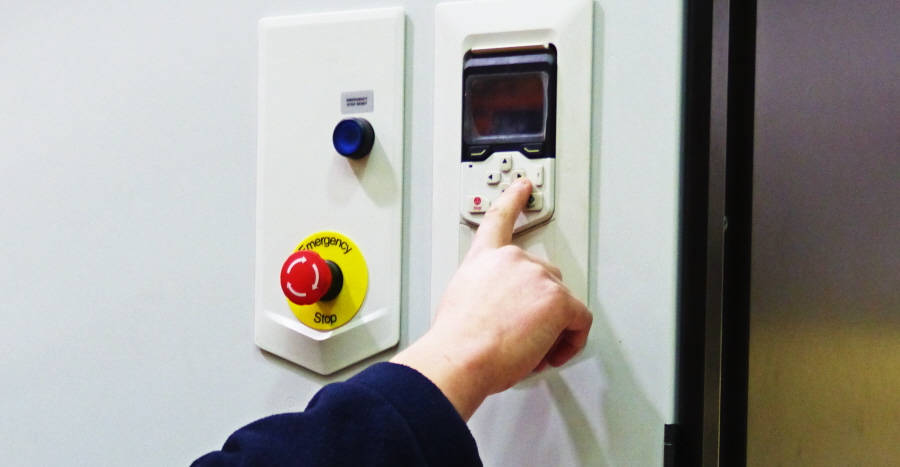How to dimension a variable speed drive
Correctly dimensioning a variable speed drive (VSD) helps improve an application’s reliability. But getting it right depends on many factors relating to the machine or process in which the VSD is going to operate. It is important that the VSD is correctly selected, taking into account the actual application, the load and the environmental conditions. If the ratings are above a maximum ambient temperature of 40°C, you may need to derate the VSD.
How to dimension a variable speed drive
Another environmental factor, and one which is often overlooked, is the altitude of the VSD installation. The VSD will need to be derated if the operating site is located 1,000 metres or more above sea level. If the application requires more current than the derated VSD is capable of supplying then a slightly larger drive will need to be selected. In practice this usually means taking the next larger frame size. The drive will also need to be derated if a switching frequency is selected that is higher than the nominal rate.
You need to determine if the load is cyclical and if it is quadratic or constant torque. With demanding, highly cyclical loads it may be beneficial to oversize the drive to increase its life time. Investing time upfront to ensure the correct drive type and making sure that it will be operating within its specifications, helps ensure reliable performance. To make these selections as accurate and robust as possible, ABB has developed a tool called Drive Size, where all of these factors are compared to the operational limits of the drive so that optimal selections can be made.
With dimensioning and derating issues resolved, selecting and installing the drive is made easier. Additional factors such as ensuring EMC compliance and harmonic mitigation also influence drive selection. Making sure harmonics on the supply are kept to a minimum ensures the motor-driven application will not ‘pollute’ the end customer’s electrical network.
Conditions requiring detailed drive selection include:
• Higher or lower ambient temperature, or challenging environments generally
• Higher switching frequency
• Higher altitude
• Demanding duty cycle, cyclic application
• Long motor cabling
• Common DC system
• EMC compliance and low harmonic performance
Taking these factors into consideration will help secure a trouble-free performance over the drive’s design lifetime. Also, bear in mind that it is never a good idea to select a drive based on cost alone – choosing a product simply because it is the cheapest may save some money at the outset but will usually end up costing much more through incorrect operation and lack of reliability.

